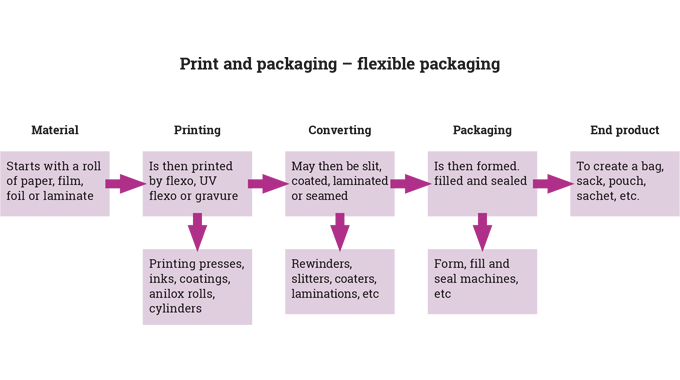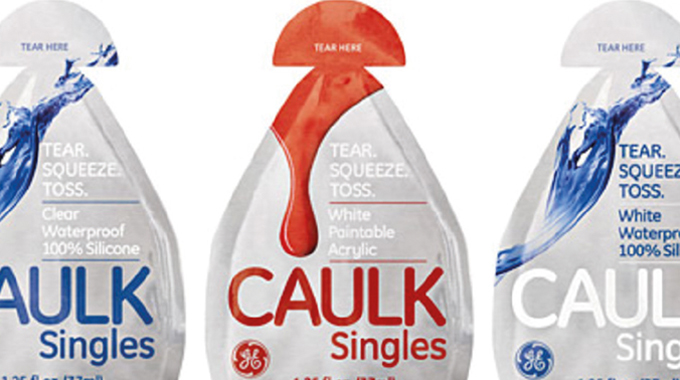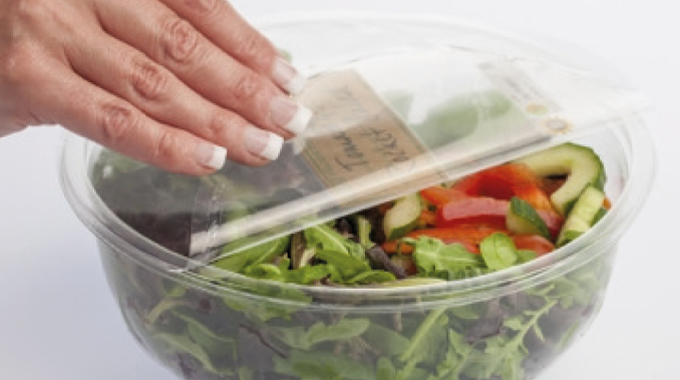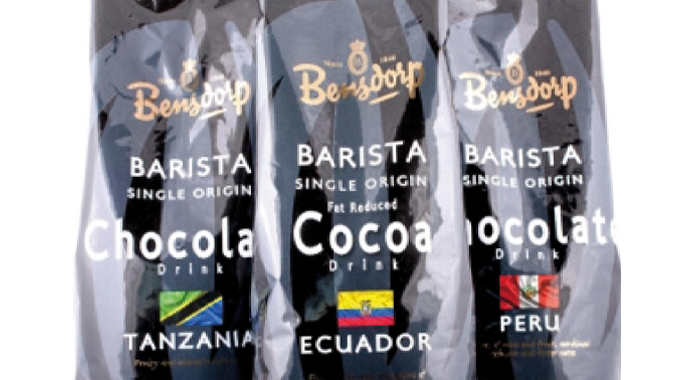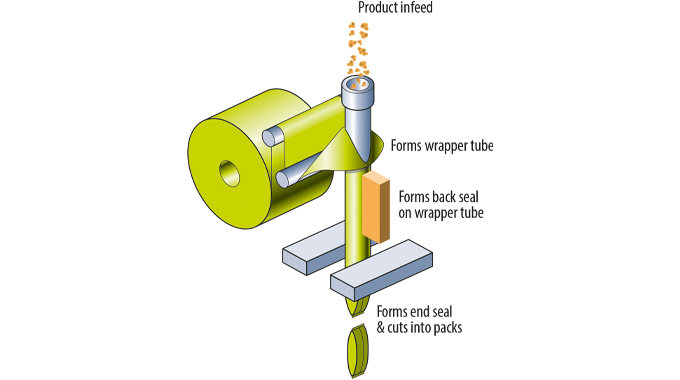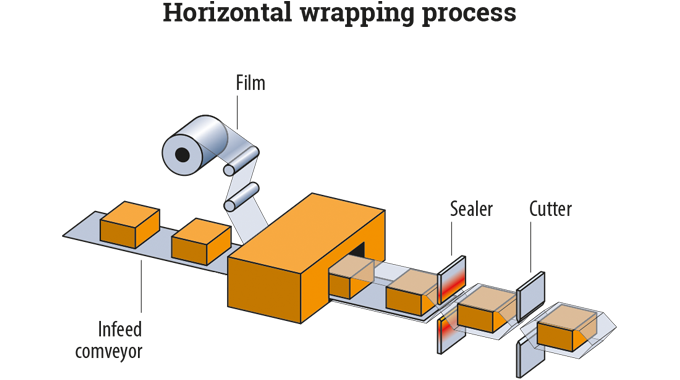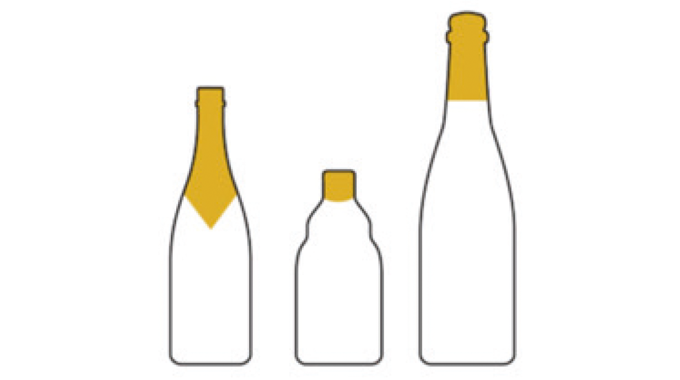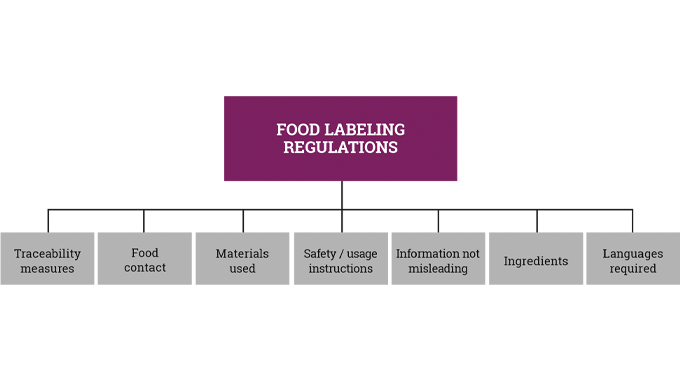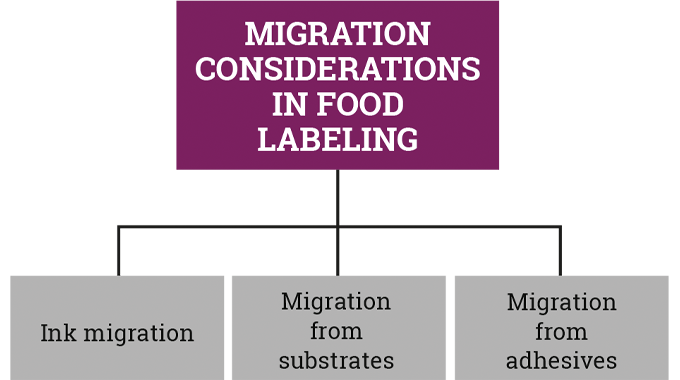★You are viewing this content as a subscriber
★Subscribers only
Product decoration technologies: flexible packaging
Flexible packaging has been growing rapidly in recent years and replacing other forms of packaging, such as rigid plastics containers or corrugated materials
Flexible packaging has been growing rapidly in recent years and replacing other forms of packaging, such as rigid plastics containers or corrugated materials.
Pre-printed packaging in particular has many distinct advantages of other decorative packaging. In effect the wrapper itself acts as both the packaging and the label, and so requires no further decorative input. It is therefore low cost, light and disposable and is an extremely attractive option for brand owners.
Stay up to date
Subscribe to the free Label News newsletter and receive the latest content every week. We'll never share your email address.
